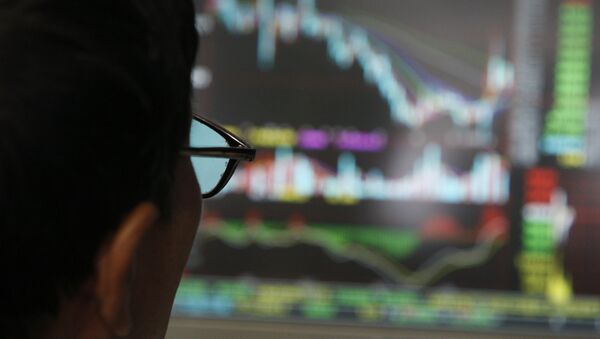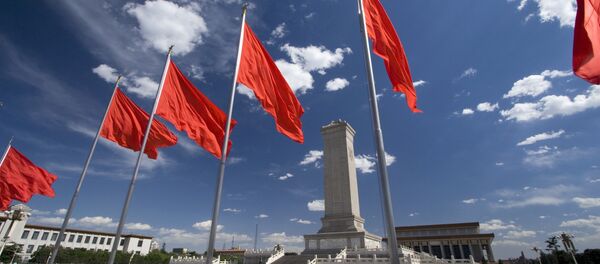Kristian Rouz — Mainland China's economic conditions showed signs of gradual improvement in February as the central government has undertaken substantial effort at remodeling the export-reliant economy toward a domestic consumption-driven one. Consumer inflation accelerated in February at its quickest since at least 2014, stirring hopes for a pickup in factory gate prices, allowing domestic enterprises to boost their output aimed at internal market. Meanwhile, the People's Bank of China (PBOC) is gearing up for another reform, allowing commercial banks to exchange corporate ‘bad loans' for stakes in insolvent companies, many of which are involved in the real economy, thus partially resolving the lack of investment issue.
The year-on-year consumer price index rose to 2.3% in February, according to data by the mainland's National Bureau of Statistics released Thursday, surpassing the 2% threshold. This milestone helped determine the central banks' consensus of normality regarding gains in prices. The previous month, consumer inflation was 1.8% annualized, whilst earlier predictions for February stood at 1.9%.
However, food prices jumped 7.3% over the past 12 months, driving gains in overall inflation. The advance is partially explained by a series of the renminbi devaluations that rocked the mainland throughout the period, most notably, an almost 5% crash of the FX rate in August. Colder weather conditions also contributed to gains in food prices. Meanwhile, inflation excluding food is still underperforming, at 1% year-on-year.
"The recent rebound in oil prices, recovery in food prices and surging home prices in big cities all contributed to higher inflation in February. We think inflation will not surpass the government target of 3 percent this year but the rising inflation will obviously restrict room for further policy easing," Guo Lei of the Shanghai-based Founder Securities said.
The PBOC inflation target, however, stands at 3% year-on-year, unlike many developed economies, where central banks have a 2% inflation target. Higher inflation is vital for mainland China to provide a faster pace of overall economic growth as dictated by demographics. China's growth has slowed to 6.9% in 2015, and the government in Beijing is taking efforts to undertake a cautious and controlled systemic reform of the nation's economy.
"Non-food CPI (core prices index) edged down to 1.0 percent year-on-year in February, 0.2 percentage points lower than that in January, reflecting disinflation in the other components of the CPI," Australia and New Zealand Banking Group reacted to the news in a research note to its clients.
Factory gate inflation in China is still alarmingly weak, having slid an annualized 4.9% in February. Albeit slowing, the deceleration in the producer price index means the PBOC has to progress on its across the board reform planning.
Although the PBOC has yet to provide its commentary on the planned move, yet, the speculated new approach to resolve the non-performing loans (NPL) issue falls in line with the PBOC reform agenda, and as inflation ticks up, the regulator has an opportunity to put its further monetary easing measures on hold, planning the reform.
Previously, the Chinese banks had to sell NPLs to wealth management companies, thus contributing to the increased pressure on the nation's financial system. A discussed reform would get the nation's major financials deeper involved in the economy, potentially triggering a sell-off of insolvent companies' assets, resuscitating a significant part of mainland China's ‘zombie economy', i.e. faltering sectors mired in productive inefficiency. A subsequent liquidation of assets might indeed help improve investment climate in China, which is currently suffering from major capital outflows.
In late 2015, Chinese commercial banks held some $614 bln worth of NPLs, and the anticipated PBOC move would release most of this money to be used for further reinvestment domestically.



